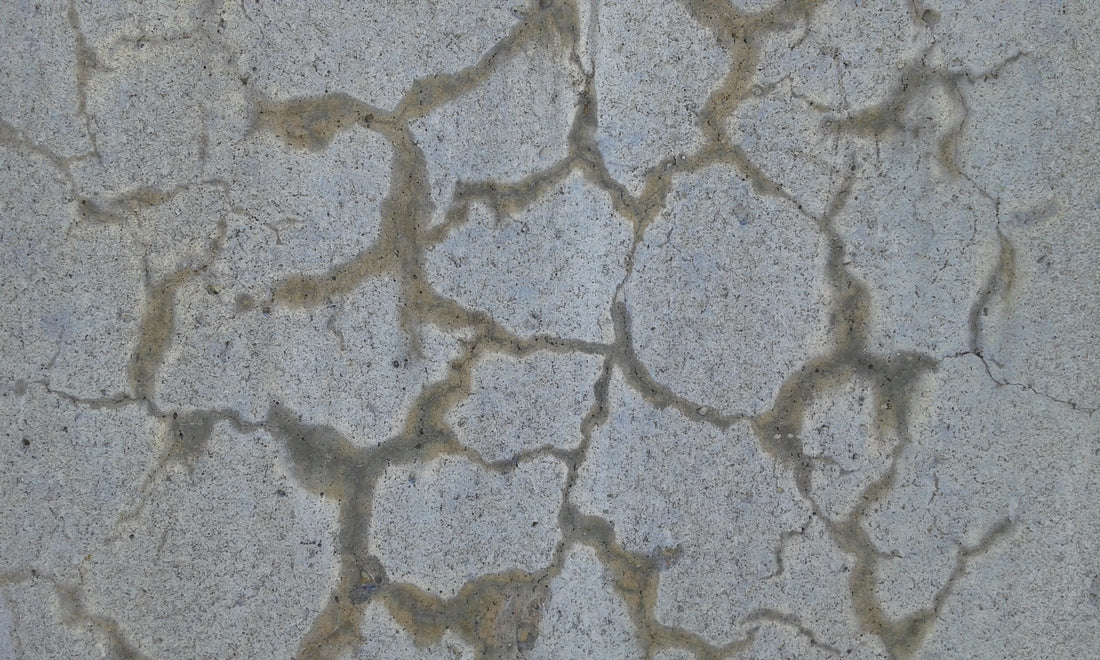As civil engineers, we need to be aware of alkali-aggregate reactions. This phenomenon can significantly affect the stability, strength and durability of concrete in structures over time. In this blog, we explore the basics of the alkali-aggregate reaction, the effects of the alkali-aggregate reaction on concrete, and the steps that can be taken to mitigate these effects.
What is an alkaline aggregate reaction?
The alkali-aggregate reaction is a process that occurs when alkalis in concrete (i.e., sodium and potassium hydroxides and carbonates) react with silicate or silicate and limestone aggregates in concrete. This reaction can produce expansive products that can exert significant forces on the concrete, leading to cracking, spalling and eventual deterioration of the concrete.
There are two different types of alkali-aggregate reactions in concrete.
01. Alkali-silica reaction (ASR), in which certain silica minerals react within the aggregate
02. Alkali-silicate reaction
03. Alkali-carbonate reaction (ACR), which is the reaction of carbonate minerals
The effects of alkali-aggregate reactions in concrete are significant. Alkaline aggregate reactions can cause cracking, spalling and damage to concrete. In extreme cases, alkali-aggregate reactions can cause failure of concrete structures.


How to Prevent an Alkaline Aggregate Reaction
There are a number of measures that can be taken to mitigate the effects of alkali-aggregate reactions. For example, proper selection of aggregates and cement, the use of low-alkali cement, and the inclusion of an alkali-resistant aggregate in concrete mixes can help reduce the effects of the alkali-aggregate reaction. Additionally, regularly monitoring concrete structures for signs of alkali-aggregate reaction can help identify potential problems early, before they cause significant damage.
When it comes to alkaline aggregate reactions, knowledge is power. By understanding the phenomenon and its impacts, we can take steps to mitigate its impact and protect the concrete structures we rely on.
To prevent AAR, one or more ingredients of an attack must be changed. It is necessary to stop the reaction or expansion of the current AAR gel if there are no substitute ingredients.
- Lower alkaline levels
Use of low alkaline cement or replacement of the cement portion with low alkaline mineral additives.
- Use of non-reactive additives
- Reduce water content in hardened concrete
- Use of silica powder , fly ash , ground blast furnace slag, etc. can reduce or prevent this reaction.
- Use of lithium compounds

